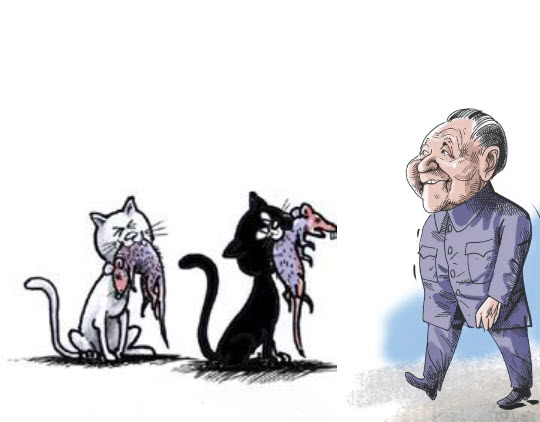
The "Cat Theory" of Deng Xiaoping Applied to Software Product Development
Last updated: August 05, 2025 Read in fullscreen view
- 10 Apr 2022
 Agile self-organizing teams: What are they? How do they work? 28/435
Agile self-organizing teams: What are they? How do they work? 28/435 - 21 May 2022
 "Fail Fast, Fail Often, Fail Forward" is the answer to Agile practices of software success 18/941
"Fail Fast, Fail Often, Fail Forward" is the answer to Agile practices of software success 18/941 - 05 Aug 2024
 Revisiting the Mistake That Halted Japan's Software Surge 6/322
Revisiting the Mistake That Halted Japan's Software Surge 6/322 - 14 Aug 2024
 From Steel to Software: The Reluctant Evolution of Japan's Tech Corporates 6/488
From Steel to Software: The Reluctant Evolution of Japan's Tech Corporates 6/488 - 20 Nov 2022
 Agile working method in software and football 5/323
Agile working method in software and football 5/323 - 21 Jun 2022
 Difference between Quality and Grade 4/698
Difference between Quality and Grade 4/698 - 12 May 2024
 The Pros and Cons of the Creator Economy in the Age of AI: Opportunities, Challenges, and the Gray Zone with the Gig Economy 3/231
The Pros and Cons of the Creator Economy in the Age of AI: Opportunities, Challenges, and the Gray Zone with the Gig Economy 3/231 - 12 Oct 2020
 The Agile Manifesto - Principle #8 2/447
The Agile Manifesto - Principle #8 2/447 - 07 Oct 2020
 How To Manage Expectations at Work (and Why It's Important) 2/266
How To Manage Expectations at Work (and Why It's Important) 2/266 - 03 Jul 2022
 Manifesto for Agile Software Development 2/240
Manifesto for Agile Software Development 2/240 - 23 May 2024
 Mastering AI: Sharpening the Axe in the Digital Age 1/182
Mastering AI: Sharpening the Axe in the Digital Age 1/182 - 27 Oct 2020
 8 principles of Agile Testing /1196
8 principles of Agile Testing /1196 - 01 Jun 2022
 How Your Agile Development Team is Just Like a Football Team? /206
How Your Agile Development Team is Just Like a Football Team? /206 - 28 Nov 2023
 Scrum Team Failure — Scrum Anti-Patterns Taxonomy (3) /228
Scrum Team Failure — Scrum Anti-Patterns Taxonomy (3) /228 - 01 Mar 2022
 Why Does Scrum Fail in Large Companies? /243
Why Does Scrum Fail in Large Companies? /243 - 01 Dec 2022
 Difference between Set-based development and Point-based development /298
Difference between Set-based development and Point-based development /298 - 21 Oct 2022
 Virtual meeting - How does TIGO save cost, reduce complexity and improve quality by remote communication? /166
Virtual meeting - How does TIGO save cost, reduce complexity and improve quality by remote communication? /166 - 09 Oct 2022
 Key Advantages and Disadvantages of Agile Methodology /666
Key Advantages and Disadvantages of Agile Methodology /666 - 10 Oct 2022
 Should Your Business Go Agile? (Infographic) /108
Should Your Business Go Agile? (Infographic) /108 - 02 Nov 2022
 Frequently Asked Questions about Agile and Scrum /372
Frequently Asked Questions about Agile and Scrum /372 - 16 Jul 2022
 What are disadvantages of Agile Methodology? How to mitigate the disadvantages ? /353
What are disadvantages of Agile Methodology? How to mitigate the disadvantages ? /353 - 15 Aug 2025
 Quantum Technology: Global Challenges and Opportunities for Innovators /56
Quantum Technology: Global Challenges and Opportunities for Innovators /56
Deng Xiaoping's "Cat Theory," famously summarized by the phrase "It doesn't matter whether a cat is black or white, as long as it catches mice," encapsulates a pragmatic approach to governance and economic policy. This philosophy advocates for practical results over ideological purity, emphasizing outcomes rather than methods. When applied to software product development, this theory offers both positive and negative implications.
Positive Aspects of Applying the Cat Theory
Flexibility in Development Processes
Focus on User Needs
Encouragement of Innovation
Efficiency in Resource Allocation
Negative Aspects of Applying the Cat Theory
Potential for Short-Term Thinking
Neglecting Best Practices
Ethical Considerations
Team Morale and Culture
Conclusion
Deng Xiaoping's Cat Theory offers valuable insights into software product development, encouraging flexibility, user focus, and innovation. However, it also presents challenges that teams must navigate, including the potential for short-term thinking, neglect of best practices, ethical considerations, and impacts on team morale. Striking a balance between pragmatic results and sustainable practices is crucial for fostering an effective and healthy development environment.
By embracing the positive aspects of the Cat Theory while remaining vigilant against its pitfalls, software development teams can enhance their productivity and create products that genuinely meet user needs. Ultimately, the success of this approach hinges on maintaining a holistic view that values both results and the processes that lead to them.






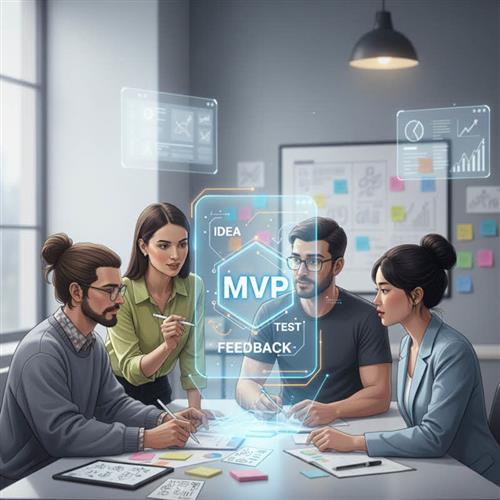


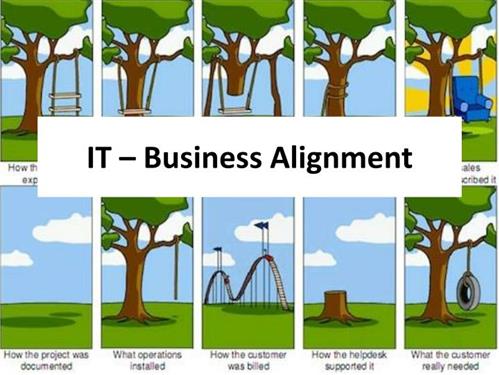
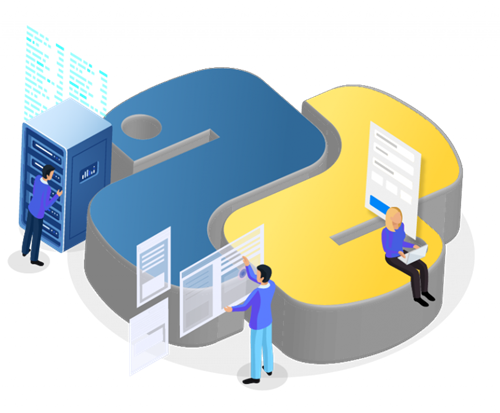


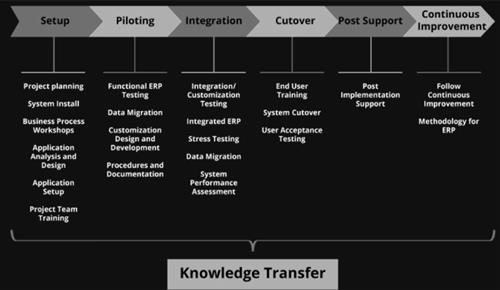






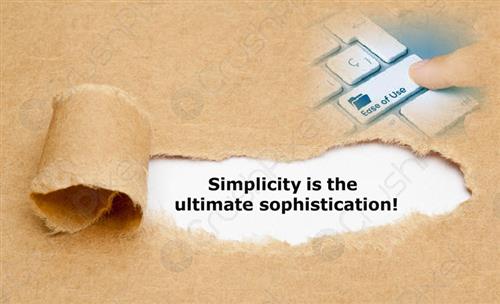



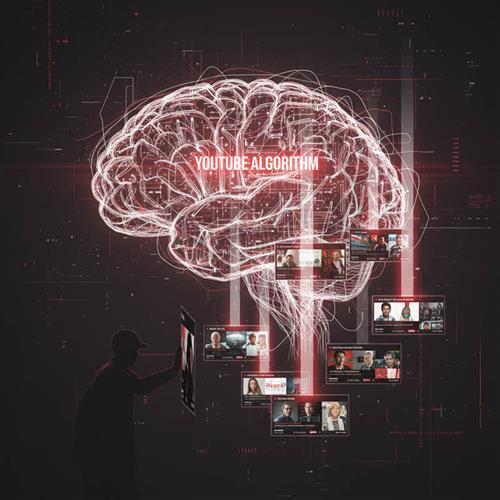









 Link copied!
Link copied!
 Recently Updated News
Recently Updated News